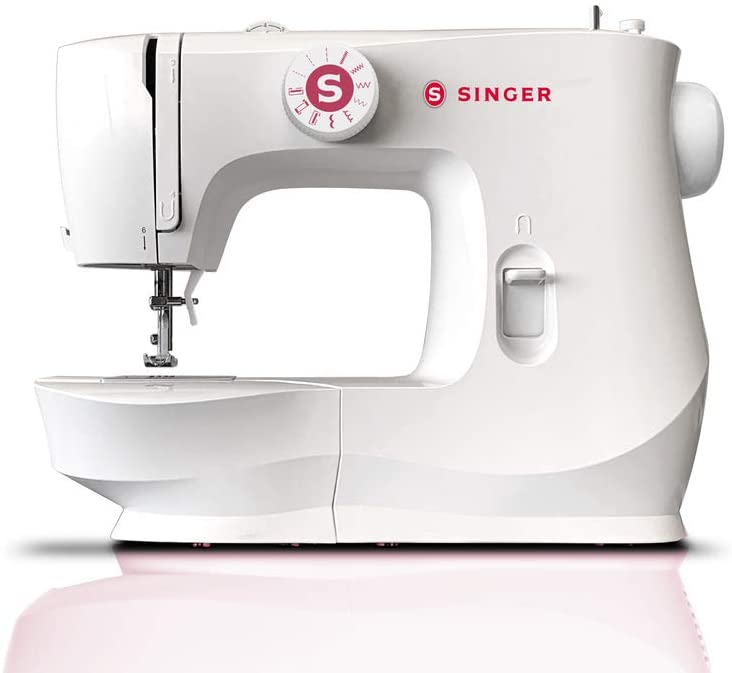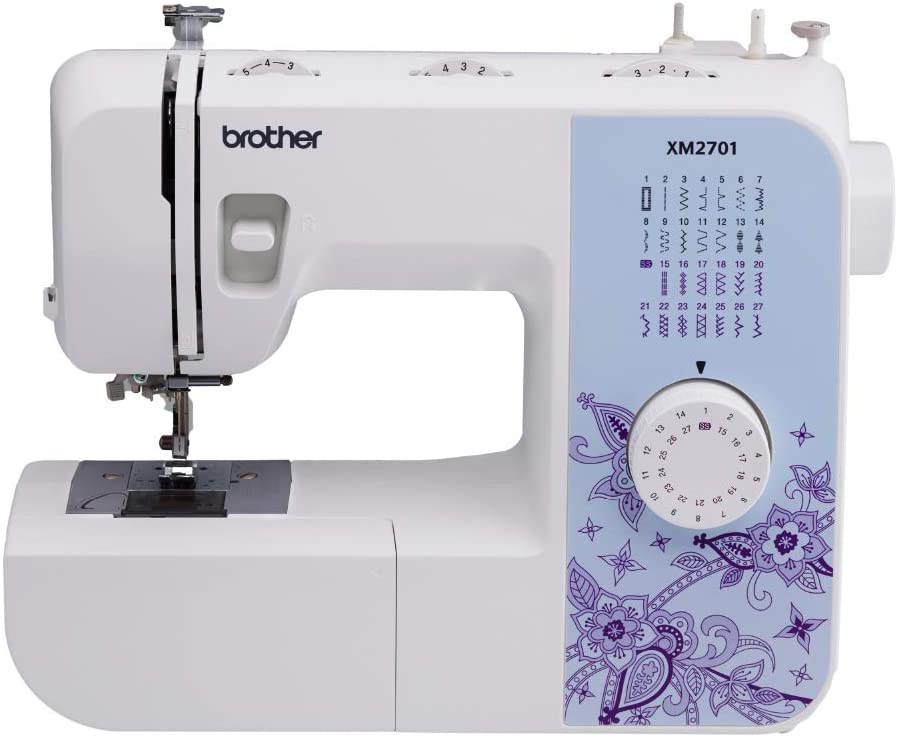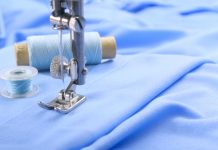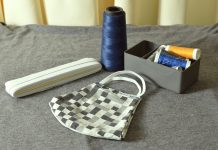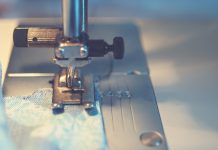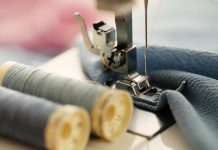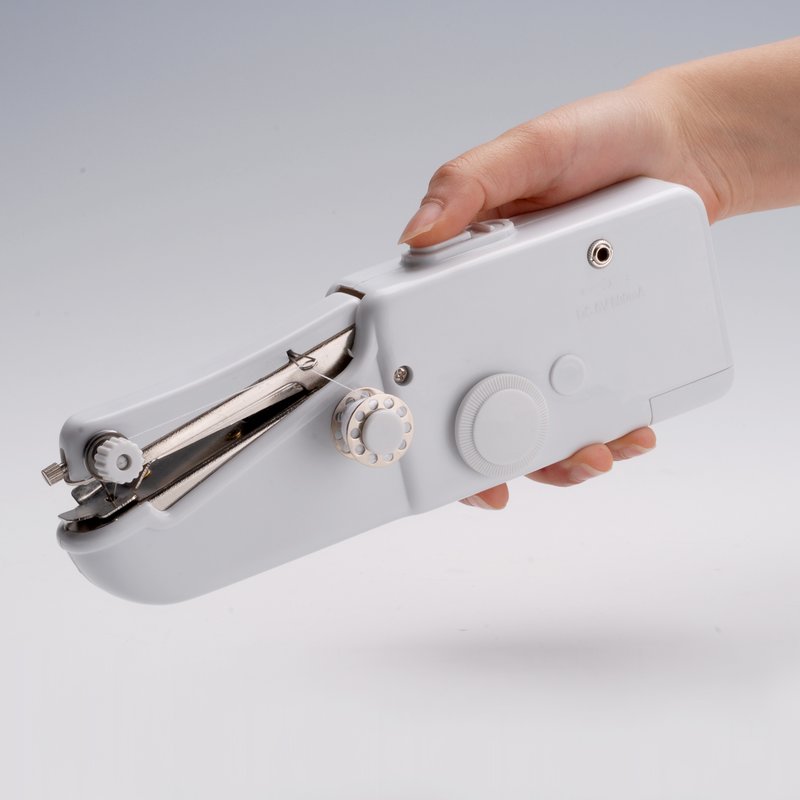Whether you were just gifted a sewing machine or you have always been interested in sewing as a hobby, but you don’t know where to start, we can help!
If you are ready to learn the basics and start your sewing journey, some simple pieces of information will help you get started. To make things easy, we will list everything you need to get started and explain some essential tips that will help you learn how to sew.
By following this guide and practicing what you learn, you can tackle fun sewing projects in no time!
Before You Get Started
Before you start planning your first sewing project, you will need to make sure that you have assembled all of the basic tools you will need. No matter what you plan on sewing, you will need the following pieces of equipment:
The Sewing Machine:
Unless you plan on stitching by hand, you are going to need a sewing machine. If you do not already own one, there are plenty of affordable machines for beginners.
Look for a basic electronic sewing machine that can perform the standard stitch types, like the straight and zig-zag stitches. You will not need anything overly complicated when you are first starting, as even those with advanced skills rarely use the more complicated stitches when they are just completing daily sewing tasks.
While it may be tempting to purchase a more advanced machine, choosing one of the basic options will make it easier to learn, as they feature straightforward designs that make it easy to select and adjust your settings. Consider the following sewing machines:
- SINGER – MX60 Sewing Machine – This lightweight machine features 57 stitch applications, an ‘Easy Stitch’ selection dial, integrated LED lighting, and a full metal frame. It is perfect for beginners but has enough advanced features to grow with you as your sewing skills develop.
- Brother – XM2701 Lightweight Sewing Machine – With 27 built-in stitches, an automatic needle threader, and a drop-in style top bobbin, this lightweight sewing machine covers all the basics you need to get started. It also features a versatile free-arm design, which allows you to easily hem pants and shirt sleeves.
While there are plenty of other sewing machines that are appropriate for beginners, the two machines mentioned above offer excellent value and enough advanced features that they will be able to keep up with you as you become a more accomplished sewer.
Other Pieces of Equipment You Will Need:
While a sewing machine is undoubtedly the most important piece of sewing equipment that you will have to purchase, there are other tools that you will need. While it may sound like you need to spend a lot of money to get started, sewing equipment is surprisingly affordable.
As long as you have the following pieces of equipment, you should be able to get started:
- Sharp fabric scissors
- Measuring tape
- Extra sewing machine needles
- Thread
- A seam ripper
- A solid and flat work surface, like a kitchen table, office desk, or dedicated sewing table
As long as you have the basics highlighted above, you should have everything you need to get started.
Keep a few pieces of scrap fabric on hand when you are first starting to practice your stitches and get used to your machine without having to risk ruining a sewing project that you have invested your time and money into working on.
If you are starting from scratch, you might want to consider purchasing a beginner’s sewing kit. These convenient kits come with all of the basic equipment and are a great way to build your collection of sewing supplies.
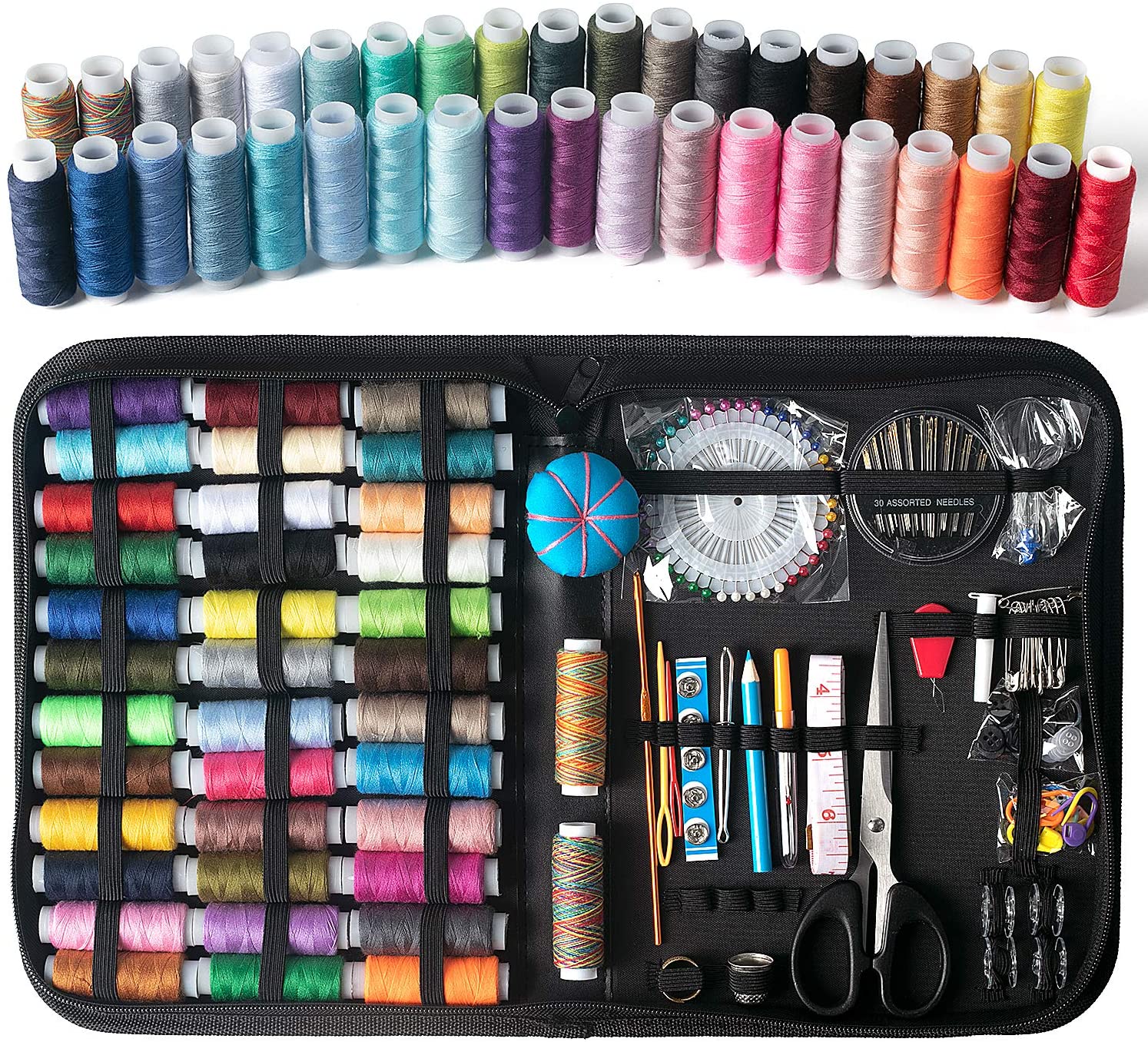
Tips for Learning How to Sew
Now that you have everything you need to get started, we can go over some useful tips that will help you learn the sewing basics.
1. Read Though the Instruction Manual for Your Sewing Machine:
Whether you are just starting, or have been sewing for years, one of the first steps you should always take when you purchase a new machine is reading through the instruction manual.
While they use the same basic mechanics, each sewing machine has its unique features and controls. Reading the instruction manual, or watching the included instructional DVD, will set you up for success. You will learn everything from how to thread your machine to how you can quickly adjust settings and make your desired stitch selection.
If you purchased your sewing machine second-hand or were gifted a used machine, there is a chance you will not have access to the original instruction manual. If this is the case, you can usually find digital versions of sewing machine instruction manuals on the website of the particular machine’s manufacturer. As long as you know the brand and model type, you should locate a PDF copy of the manual, which you can use to print off a hard copy.
Maintain Your Machine:
An instruction manual will also explain how you can care for your machine. Knowing the proper way to clean and oil it will make sure that your sewing machine runs smoothly and lasts for years to come.
2. If They Are Available, Consider Sewing Lessons:
Depending on where you live, you should can find fun and affordable sewing lessons targeted towards beginners. Local sewing shops, community colleges, and in-home lessons are all options that are worth taking a look at.
Learning in a hands-on environment from an experienced teacher is one of the best ways to learn the basics. If you cannot afford lessons, or the group setting is not for you, you can always consider asking a friend or relative that sews to walk you through the basics.
Most people that have a passion for sewing enjoy teaching others, so it is always worth asking.
If you would prefer to learn on your own, there are plenty of informative videos available online. These online lessons can teach you everything from completing a basic straight stitch to creating custom-sized buttonholes.
3. Measure Everything:
One of the most common mistakes for beginners when learning how to sew is forgetting to measure before they begin. Mapping out your projects and taking all of your measurements is a valuable habit that will save you plenty of frustration and wasted fabric in the future.
Accurate measurements will help your projects come out the way you envisioned them, which is why it is so important to have a tape measure on hand when you are sewing. Remember, if you measure twice, you will only have to stitch once!
4. Learn How to Thread Your Sewing Machine:
While the instruction manual should walk you through the process, it is worth noting that threading a sewing machine is one of the most critical skills you will need to learn if you want to become proficient with a sewing machine.
There are plenty of videos online that demonstrate how to manually thread a sewing machine, which is great if you prefer a visual demonstration. The process involves 10 quick steps, which are far less complicated than you would think.
5. Learn How to Replace a Sewing Machine Needle
Unfortunately, sewing machine needles break, bend, and crack, so learning how to replace them is a skill you will need to learn.
While they are fairly easy to replace, they are extremely sharp, so pokes and cuts are not unusual when you are first starting. Again, this is why it is so important to read through your instruction manual. The manual will explain the exact process for inserting and removing needles on your particular machine to avoid injuries.
It is also worth mentioning that sewing machine needs are quite affordable, so it is a good idea to purchase at least one spare pack. Universal needles tend to work with most types of domestic sewing machines, and their slightly rounded points will work well with just about every fabric that you will be using regularly.
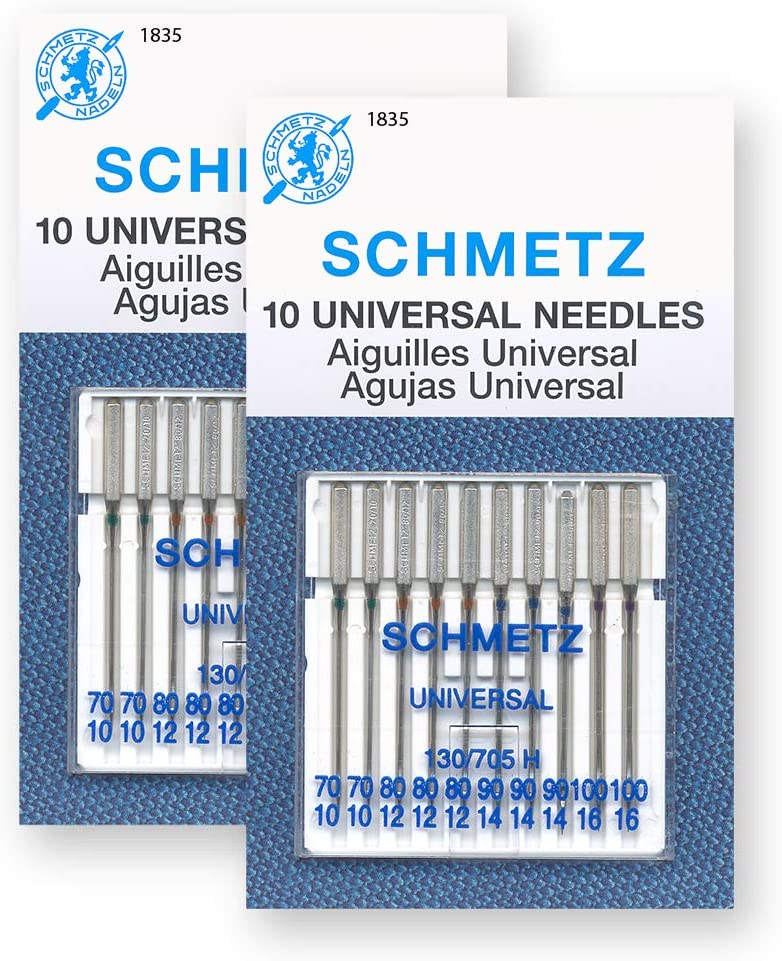
6. Learn What the Different Stitch Symbols Mean on Your Machine:
When you are first learning how to sew, all of the different symbols can be somewhat overwhelming. Stitch symbols are a sort of universal language in the sewing world. They quickly identify a particular stitch so the information can be easily displayed on a selection dial or small button.
While your machine’s instruction manual details exactly what each symbol means, the symbols are standard with most models. It should not be difficult for you to find some clarification online if you find yourself confused by a particular symbol.
7. Understand the Value of Patience:
While everyone gets frustrated from time to time, part of what makes sewing so enjoyable is its relaxing nature. If you are always rushing through projects and not giving yourself generous enough deadlines, you will quickly take the fun out of the hobby.
When you are first starting, afford yourself the time to learn at a comfortable pace. Play around with scrap pieces of fabric. If something goes wrong, try not to get overwhelmed. Take a deep breath, then take your foot off of the control pedal and assess the situation.
It is also a good idea to avoid making promises to people when you first start. As soon as you tell your friends and family that you are learning how to sew or that you just purchased a new sewing machine, there is a good chance they will be asking you to repair a torn shirt, hem a new pair of pants, or mend their ripped pillowcase. While this can be flattering, do not be afraid to say you are still just learning and are not yet comfortable taking on any projects.
8. Keep Your Sewing Equipment Organized and Consider a Dedicated Sewing Area:
One of the most important lessons you will learn as you get into sewing is the importance of maintaining an organized workstation. All of that loose thread and scrap material can quickly become messy and frustrating.
Knowing exactly where your equipment and supplies are when you need them will make the entire sewing project move forward much smoother. If you have the space for it, you can even consider setting aside a particular area to become your dedicated sewing space.
A corner of a spare bedroom or an unused home office will work perfectly as a dedicated sewing space. Consider purchasing a few plastic organizer drawers or totes, and get into the habit of putting all of your supplies back where they belong after you finish sewing for the day.
Final Words
Learning how to sew does not have to be an overwhelming and intimidating process. Take your time and learn the basics at a pace that you are comfortable with. If you can, consider taking a few casual lessons, as this will help you realize how simple the sewing process is!

